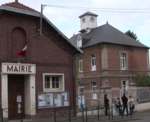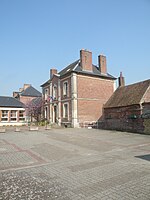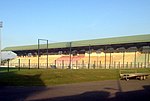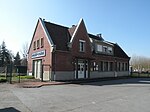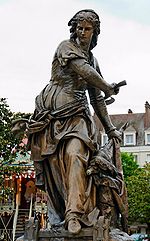Villers-sur-Thère station
Defunct railway stations in OiseHauts-de-France railway station stubsPages with no open date in Infobox station

Villers-sur-Thère is a former railway station located in the village Villers-sur-Thère near Allonne in the Oise department, France. It was served by TER Picardie trains from Paris-Nord to Beauvais. As of 2017, it is closed for passenger traffic.
Excerpt from the Wikipedia article Villers-sur-Thère station (License: CC BY-SA 3.0, Authors, Images).Villers-sur-Thère station
Rue de la Gare, Beauvais
Geographical coordinates (GPS) Address Nearby Places Show on map
Geographical coordinates (GPS)
| Latitude | Longitude |
|---|---|
| N 49.4139 ° | E 2.1355 ° |
Address
Rue de la Gare 2
60000 Beauvais
Hauts-de-France, France
Open on Google Maps
